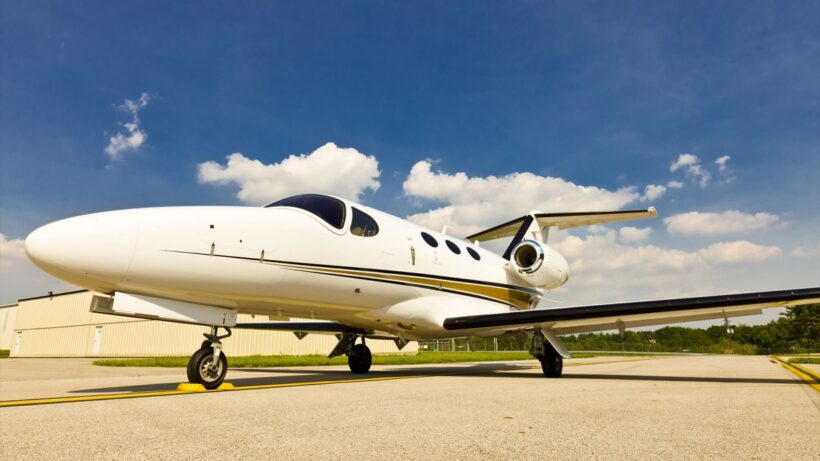When chartering a private aircraft, you might see a reference to Federal Aviation Regulations (FAR) Part 135. This is what you should be aware of when you see it.
Most of the charter operators are running under FAR Part 135. This applies to:
- All aircrafts with a turbojet engine and an under 30 seat capacity
- Non-transport aircrafts with 10-19 seats (turbo-propelled)
- Transport aircrafts with 20 to 30 seats.
Basically, FAR Part 135 training is necessary for aircrafts with a turbojet engine and under 30 seats. When applying for a certificate, you need exclusive use of a minimum of one aircraft.
Roles
Different important roles are defined under FAR Part 135. We have the certificate holder, which is an entity that applied and received a certificate. Then, we have mentions of pilot-in-command and second-in-command. For the certificate, pilots-in-command need over 1,500 hours of flight experience. Also, they need to be in command during the entire duration of the flight.
FAR Part 135 Key Elements
1. Aircraft Requirements
Aircrafts have to be in a proper condition. This includes requirements related to equipment and identification. Aircrafts need a current and appropriate airworthiness certificate.
2. VFR And IFR
In FAR Part 135, there is a differentiation specified when looking at the pilot using VFR (visual flight rules) or IFR (instrument flight rules). With visual rules, the pilot can utilize sight in order to fly. With instrument flight, special flight instruments are used to operate aircrafts. Most regulations and rules included in FAR Part 135 are different based on the used method.
3. Recordkeeping And Manual
Part 135 mentions the need for a manual to exist together with details about what should be included. This includes accident notification procedures, recording requirements, and reporting requirements. The certificate holder is responsible for recordkeeping at the listed place of business. Different required records are mentioned, including operating specifications, operating certificates, pilot records, and medical certificates.
4. Training And Staffing
In order to maintain appropriate safety levels for passengers and aircrafts, there are specifics related to training and staffing outlined with FAR Part 135. For instance, the pilots that operate with the FAR Part 135 certification need a specific flight experience. Also, the second-in-command is mandatory when passengers are carried, with the exception being when autopilot is approved. A minimum of one flight attendant is needed when operating planes carrying over 19 passengers.
The required training and testing procedures are detailed. Pilots should be regularly tested. This includes different flight aspects, including plane balance, weight, meteorology, instrument proficiency, and air traffic control procedures. Testing is also needed for flight attendants.
5. Safety Procedures
FAR Part 135 lists procedures that have to be respected when carrying passengers. This includes serving alcoholic beverages, smoking-related procedures, and restrictions about who is allowed to occupy the pilot seat. Details about the required equipment are presented based on IFR or VFR use.
Final Thoughts
Everything presented above about the FAR Part 135 certificate should be considered as being just an overview. In practice, this certificate is very complex and strict requirements exist.
Laila Azzahra is a professional writer and blogger that loves to write about technology, business, entertainment, science, and health.
